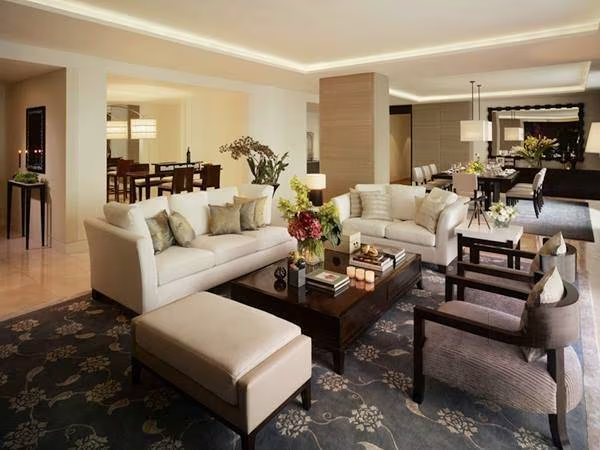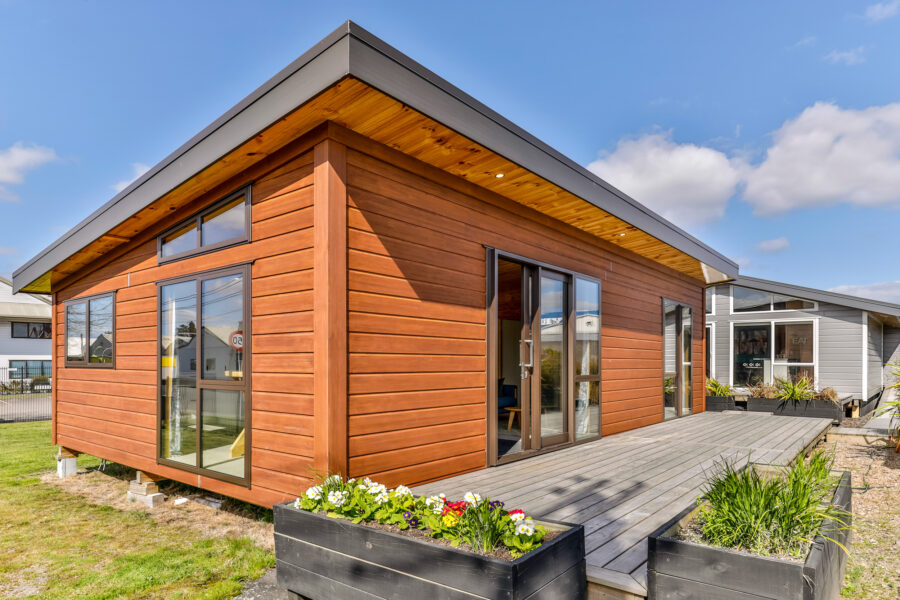Rugs are more than just decorative elements for your floors, they are powerful tools for transforming a space. The way you place a rug can subtly influence the room’s aesthetics, functionality, and ambiance without you even realizing it. If you want to elevate your home’s design while creating cozy, harmonious spaces, understanding the hidden principles of rug placement is key.
Here are five often-overlooked guidelines that can help you unlock the potential of rugs in your home.

1. Size Matters More Than You Think
One of the biggest mistakes people make with rug placement is choosing the wrong size. A rug that’s too small for a space can make the room feel disjointed and incomplete, while an oversized rug can overwhelm the room and clash with the furniture layout. The goal is to achieve proportion and cohesion.
For living rooms, always choose a rug that’s large enough to allow the front legs of all seating pieces to rest on it. In dining rooms, ensure the rug extends at least 24 inches beyond the table’s edges to accommodate chairs. At the same time, bedrooms benefit from rugs that either frame the bed or are large enough to extend past its sides and feet.
2. Rugs Anchor Your Furniture
One of the most important roles of rug placement is to define specific zones in the room. A well-positioned rug can visually anchor furniture pieces, pulling them together into a cohesive arrangement. This is especially useful in open-concept spaces where you need to separate different functions, such as a seating area and a dining area.
3. Alignment Influences Flow
The alignment of your rug can have a surprising impact on how a space feels. Aligning a rug parallel to the walls or furniture brings order and symmetry to a room, while diagonal placement adds a sense of dynamism and visual interest. The direction of the rug can subtly guide the way you and your guests move through the space.
Always choose an alignment that reflects the vibe you want to achieve. Symmetrical placement works well in formal or traditional settings, while off-center or angled rugs can make eclectic or modern spaces feel more playful and inviting.
4. Layering Adds Texture and Warmth
Rug layering is a trend that adds depth and texture to your space. It can also help you transition between different aesthetic styles or highlight a particular area. For example, placing a small, patterned rug on top of a larger, neutral rug creates a focal point while maintaining balance.
When layering rugs, mix textures and patterns wisely. For instance, a jute or sisal rug can act as a neutral base, while a colorful, patterned rug on top brings personality.
5. Balance Is Key to Ambiance
The placement and proportions of your rug significantly impact the overall ambiance of a room. A properly placed rug can make a room feel cozy and inviting or sleek and spacious, depending on your goals. For example, placing a circular rug below a chandelier in a dining area creates an intimate atmosphere, while a rectangular rug can elongate the room visually.
Try to experiment with shapes and layouts to find what enhances your space the most. Don’t be afraid to try oval or round rugs in tight spaces or long runners in narrow corridors to strike the right balance.
Conclusion
Rugs are more than just added décor, they’re functional design pieces that shape the way we experience a room. By choosing the right size, creating zones, aligning for flow, experimenting with layers, and maintaining balance, you can unlock the true potential of rug placement in your home.

